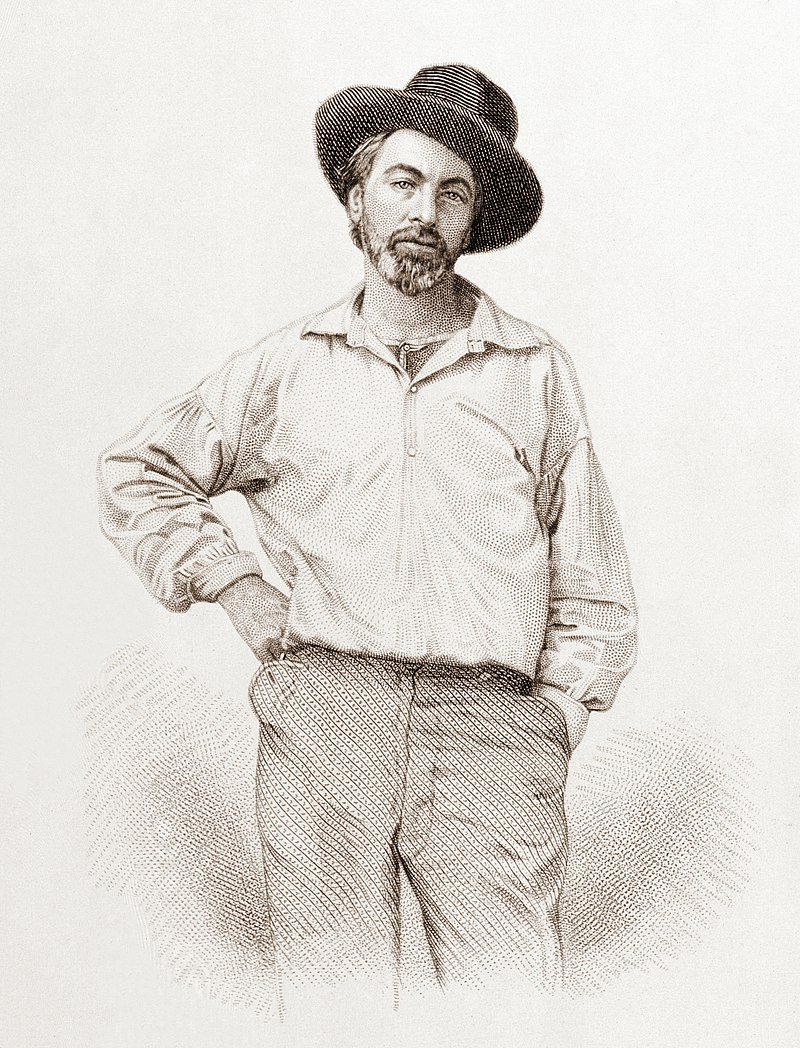Walt Whitman, “Song of Myself”
Walt Whitman, “Song of Myself”
This is a change of pace from my usual offerings.
I have, over the past decade, given a series of talks in Vermont libraries sponsored by the Vermont Council on the Humanities. Emily Dickinson, Wallace Stevens, William Carlos Williams, A.R. Ammons, Walt Whitman and the Civil War.
This spring I sort of bit the bullet and decided to talk on “Song of Myself,” Whitman’s longest and most monumental poem. As I say in the talk, and as I deeply believe, it is the greatest poem ever written in America.
I gave the talk over Zoom at the St. Johnsbury Atheneum, one of America’s – and not just Vermont’s – great libraries.
Can one adequately address “Song of Myself” in one talk? No. No. No. Resoundingly ‘no,’ although I did try. What I attach is my effort. It was tough to even try. As the poem is long, the talk is long: An hour and ten minutes, and if you are a masochist you can sit through twenty minutes of questions from my audience in St. Johnsbury and elsewhere.
You can hear my voice, and see a small picture of myself talking, in the video, which is primarily comprised of sections of Whitman’s text of “Song of Myself.”
It is on YouTube. If you want to see it ‘full screen,’ just click on the little truncated square box in the lower right corner. There is, alas, a tiny bit of time lag in the synchronization of the speaking/listening. Here is the YouTube (and if you want to skip the introductory claptrap, go to minute 3:50). Just open this hyperlink:
https://www.youtube.com/watch?v=U1-wUSviZdU&t=171s
Happy viewing. If you wish, you can, of course, skip this video.
Another letter, entirely textual, and quite short – you have received both the lengthy letter on Wordsworth’s Prelude Book One, and this hour-plus video on Whitman from me in the past week or two – will come next week, on a five line poem by classical Greek poet, Simonides.
